Adjustment letters are a common means for customers to address issues they have encountered with a product or service. These letters serve as a means for customers to express their dissatisfaction and for companies to respond and rectify the situation.
It is important for companies to understand that receiving an adjustment letter is a sign of a customer’s inconvenience and it’s crucial for the company to take action in order to maintain a positive relationship with the customer. A well-written and effective adjustment letter can go a long way in addressing the customer’s concerns and resolving the issue at hand.
Table of Contents
Adjustment Letter Templates
An adjustment letter template is a pre-designed document that is used by companies or organizations to respond to customer complaints or requests for adjustments. These templates provide a framework for businesses to address customer concerns in a professional and effective manner.
Adjustment letter templates typically include sections for acknowledging the customer’s complaint, apologizing for any inconvenience caused, explaining the reason for the issue, and outlining the steps being taken to resolve the issue. They may also include information about any compensation or remedies being offered to the customer.
What is an adjustment letter?

An adjustment letter is a written communication from a customer to a company, in which the customer expresses dissatisfaction with a product or service, and requests some form of rectification or compensation. The letter typically describes the issue or problem that the customer has encountered and requests that the company take specific actions to address the issue.
Adjustment letters are often used when customers are unable to resolve an issue through other channels, such as customer service or technical support. Companies will generally respond to an adjustment letter with an explanation of how they intend to resolve the issue, and any steps they will take to prevent similar problems from occurring in the future.
Major contents of an adjustment letter
An adjustment letter typically includes the following information:
The customer’s contact information: This includes the customer’s name, address, phone number, and email address. This is important for the company to have in case they need to contact the customer for additional information or to follow up on the issue.
A clear and concise description of the issue: This section should provide a detailed description of the problem that the customer has encountered. This should include any relevant details such as the date of purchase, order number, or product/service details. This will help the company understand the problem and take appropriate actions to resolve it.
A request for specific actions: This section should clearly state what the customer is asking the company to do in order to resolve the issue. This could include a refund, replacement, repair, or other form of compensation. It’s important to be specific, so the company knows exactly what the customer is requesting.
Supporting documentation: This could include receipts, invoices, photographs, or any other relevant documents that can help support the customer’s claim. This will help the company to verify the customer’s claim and take appropriate actions.
Polite and professional tone: An adjustment letter should be written in a respectful and courteous manner, avoiding confrontational or aggressive language.
Specific deadline for a response: This section should specify a deadline for when the customer expects a response or resolution to the issue.
A statement about willingness to work with the company: This section should express the customer’s willingness to work with the company to resolve the issue.
The customer’s signature: The letter should be signed by the customer to confirm that they are the person making the request.
How to write an adjustment letter
An adjustment letter is a written response to a customer’s complaint or request for a refund or compensation. The purpose of the letter is to acknowledge the issue, apologize for any inconvenience, and offer a solution or explanation.
Here is a step-by-step guide on how to write an adjustment letter:
- Begin with a formal salutation and address the letter to the specific person who made the complaint or request.
- Start the letter by acknowledging the issue and expressing your regret for any inconvenience caused. This shows that you are aware of the problem and understand the customer’s concerns.
- Provide a detailed explanation of the problem and the actions taken to resolve it. This should include any steps taken to prevent the problem from happening again in the future.
- Offer a solution or compensation for the customer’s inconvenience. This could be a refund, a discount, or a replacement product. Be specific about the amount or type of compensation offered.
- Include your contact information, such as your phone number and email address, in case the customer has further questions or concerns.
- End the letter with a polite closing and your signature.
Here is a sample adjustment letter:
Dear [Customer Name],
I am writing to apologize for the inconvenience you experienced with your recent purchase of [product name]. We take customer satisfaction very seriously and regret that we did not meet your expectations in this instance.
Upon receiving your complaint, we immediately investigated the issue and have determined that the problem was caused by [reason for problem]. We have taken steps to prevent this from happening in the future and have implemented new quality control measures to ensure that our products meet the highest standards.
As a gesture of goodwill, we would like to offer you a [compensation offered]. Please let us know if this is acceptable to you and provide us with your mailing address so we can send the [compensation offered].
If you have any further questions or concerns, please do not hesitate to contact me at [phone number] or [email address].
Thank you for bringing this issue to our attention. We hope that this resolution will restore your confidence in our company and products.
Sincerely,
[Your Name]
Factors to be Considered in Writing Adjustment Letter
When writing an adjustment letter, there are several tips to keep in mind to ensure that your letter is effective and professional:
Be timely: Respond to the customer’s complaint or request as soon as possible. This shows that you are taking the issue seriously and are willing to resolve it in a timely manner.
Be sincere: Express your regret for any inconvenience caused and show that you understand the customer’s concerns. A sincere apology can go a long way in resolving the issue.
Be specific: Provide a detailed explanation of the problem and the actions taken to resolve it. Be specific about the compensation or solution offered, and provide clear instructions on how the customer can accept it.
Be empathetic: Put yourself in the customer’s shoes and try to understand their perspective. This will help you to write a letter that addresses their concerns and offers a solution that is fair and reasonable.
Use a professional tone: Avoid using overly casual language or slang. Keep the tone of the letter formal and professional to maintain a positive image of your company.
Proofread: Before sending the letter, proofread it carefully to ensure that there are no spelling or grammar errors. This will help to maintain a professional image and ensure that the customer understands the letter clearly.
Keep a copy of the letter: Keep a copy of the letter for your records in case the customer contacts you with further questions or concerns.
Be ready to follow up: Make sure you have the necessary contact information for the customer and be prepared to follow up with them if needed.
FAQs
When should I send an adjustment letter?
An adjustment letter should be sent as soon as possible after receiving a customer’s complaint or request for a refund or compensation. This shows that you are taking the issue seriously and are willing to resolve it in a timely manner.
How should I format an adjustment letter?
An adjustment letter should be formatted in a professional and easy-to-read manner. Use a clear and legible font, and consider using bullet points or numbered lists to make it easy to read.
What should I do if the customer is not satisfied with my offer of compensation?
A: If the customer is not satisfied with your offer of compensation, it is important to remain calm and professional. Listen to their concerns and try to understand their perspective. You may need to provide additional information or clarify your offer. If necessary, you can offer to speak with a supervisor or manager to see if there is a different solution that can be offered. Remember that the goal is to resolve the customer’s issue and maintain a positive relationship with them.
Is it necessary to send a follow-up letter after an adjustment letter?
A: It is not always necessary to send a follow-up letter after an adjustment letter, but it can be helpful. A follow-up letter can be used to confirm that the issue has been resolved and to thank the customer for their patience and understanding. It can also be used to check in on the customer’s satisfaction with the resolution and to ensure that they have received the promised compensation.
How can I prevent similar issues from happening in the future?
To prevent similar issues from happening in the future, it is important to thoroughly investigate the cause of the problem and take steps to address it. This could include implementing new quality control measures, retraining employees, or making changes to your products or services. It is also important to regularly review customer feedback and complaints to identify patterns or common issues, and take action to address them.
Can an adjustment letter be sent via email or is it necessary to send it through the mail?
An adjustment letter can be sent via email or through the mail, whichever is most convenient for you and the customer. If the customer has provided an email address, it can be quicker and more efficient to send the letter via email. However, if the customer prefers to receive mail, it is important to respect their preference and send the letter through the mail.
How can I ensure that my adjustment letter is effective?
To ensure that your adjustment letter is effective, be sure to:
- Respond in a timely manner
- Use a sincere and empathetic tone
- Provide a detailed explanation of the problem and the actions taken to resolve it
- Offer a fair and reasonable solution or compensation
- Use a professional and easy-to-read format
- Proofread the letter carefully before sending it
- Keep a copy of the letter for your records
- Be prepared to follow up with the customer if needed.






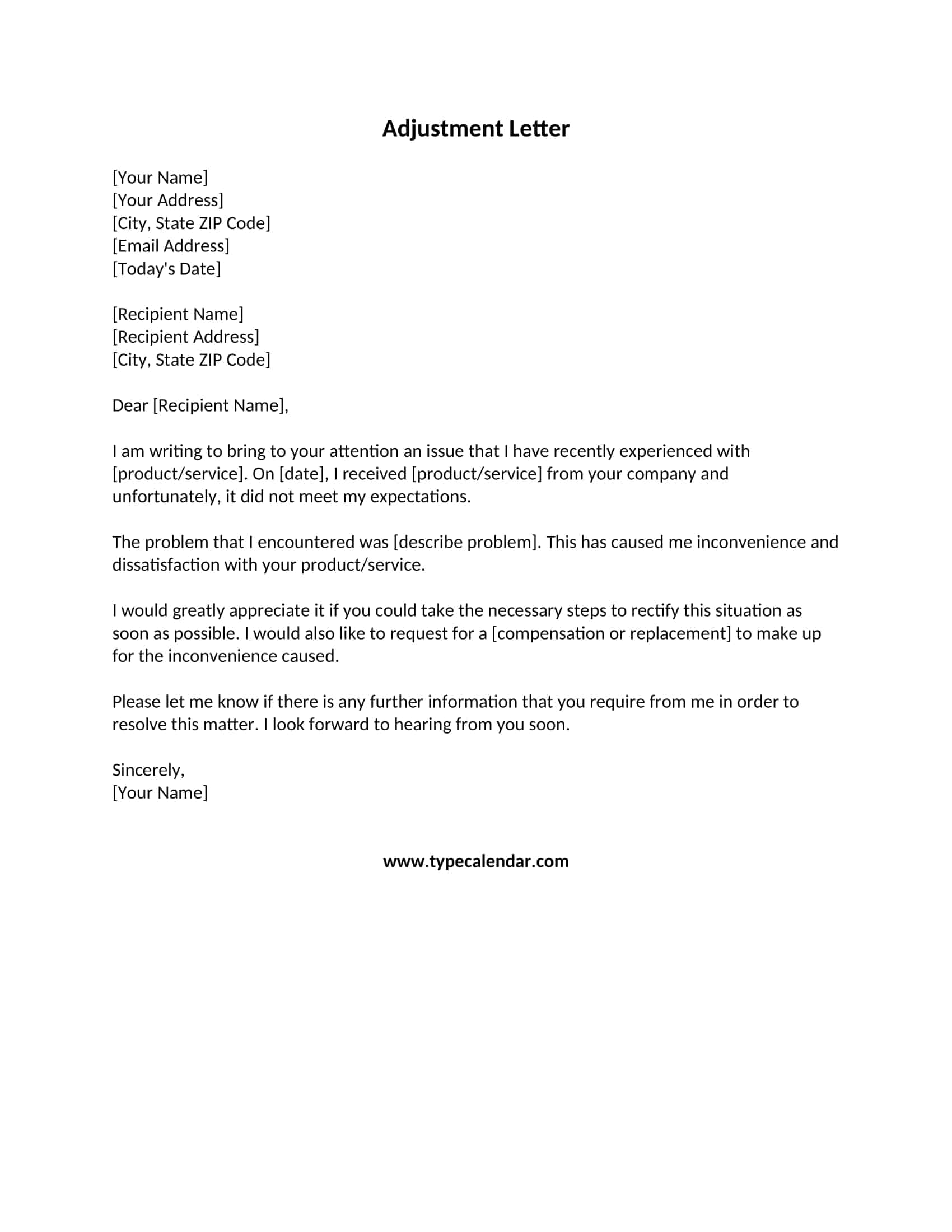
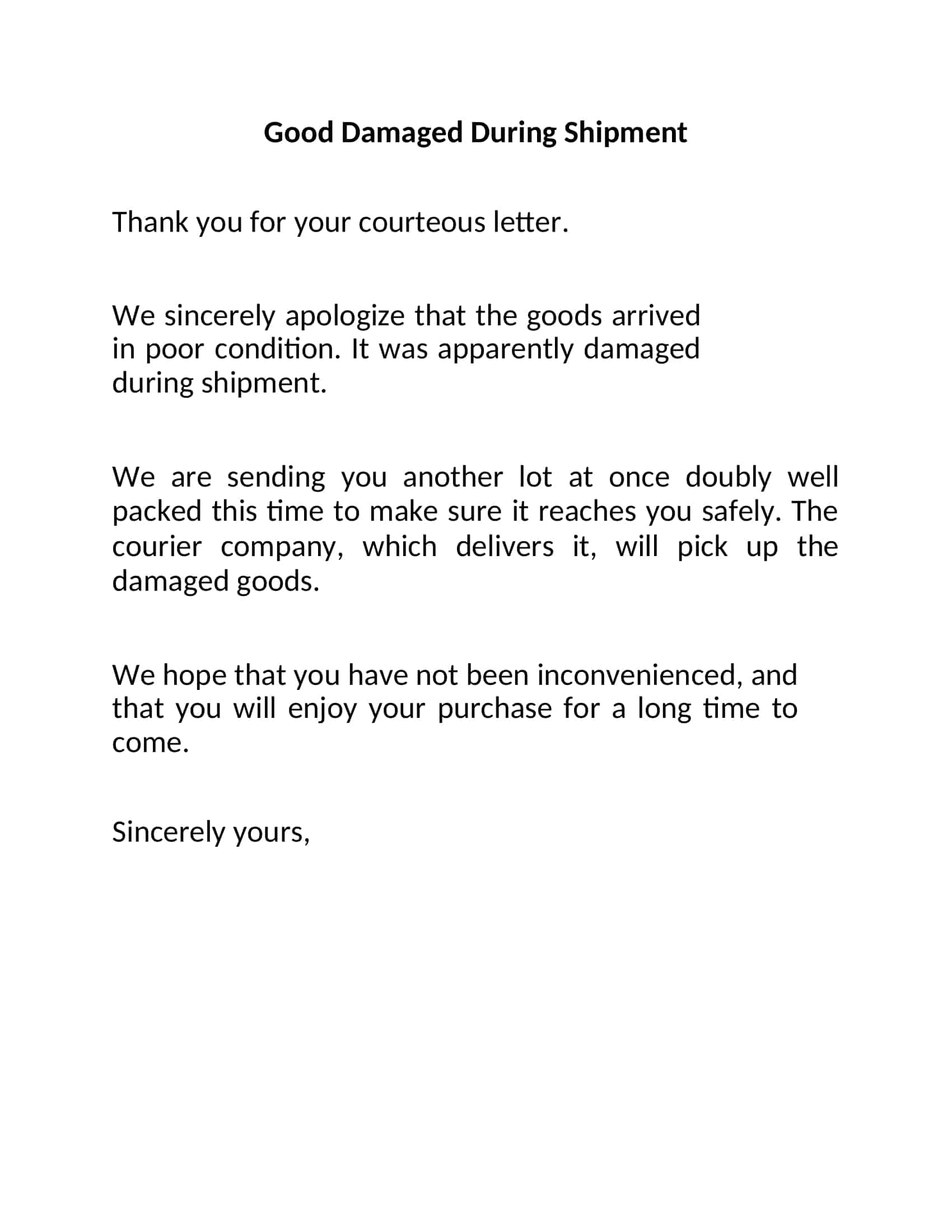











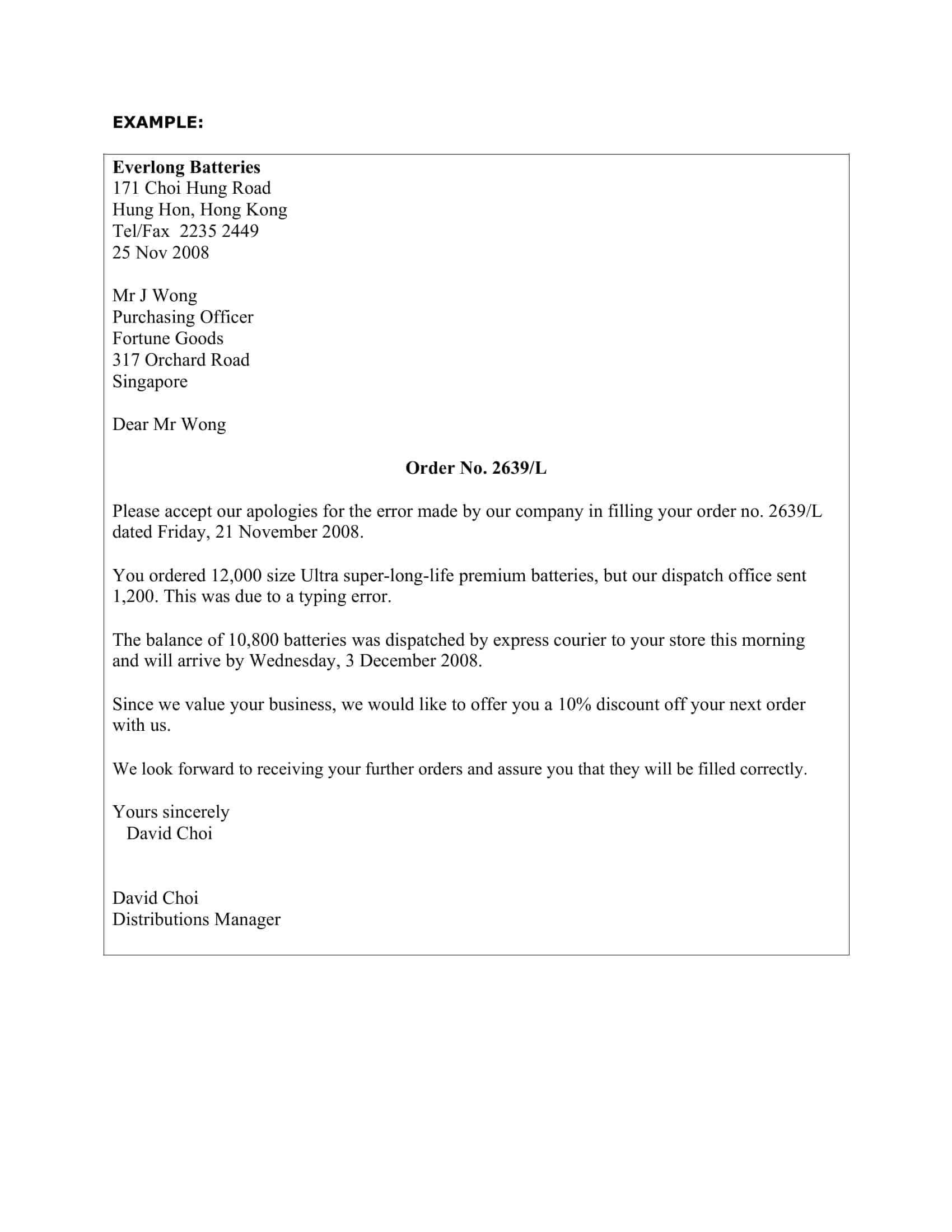








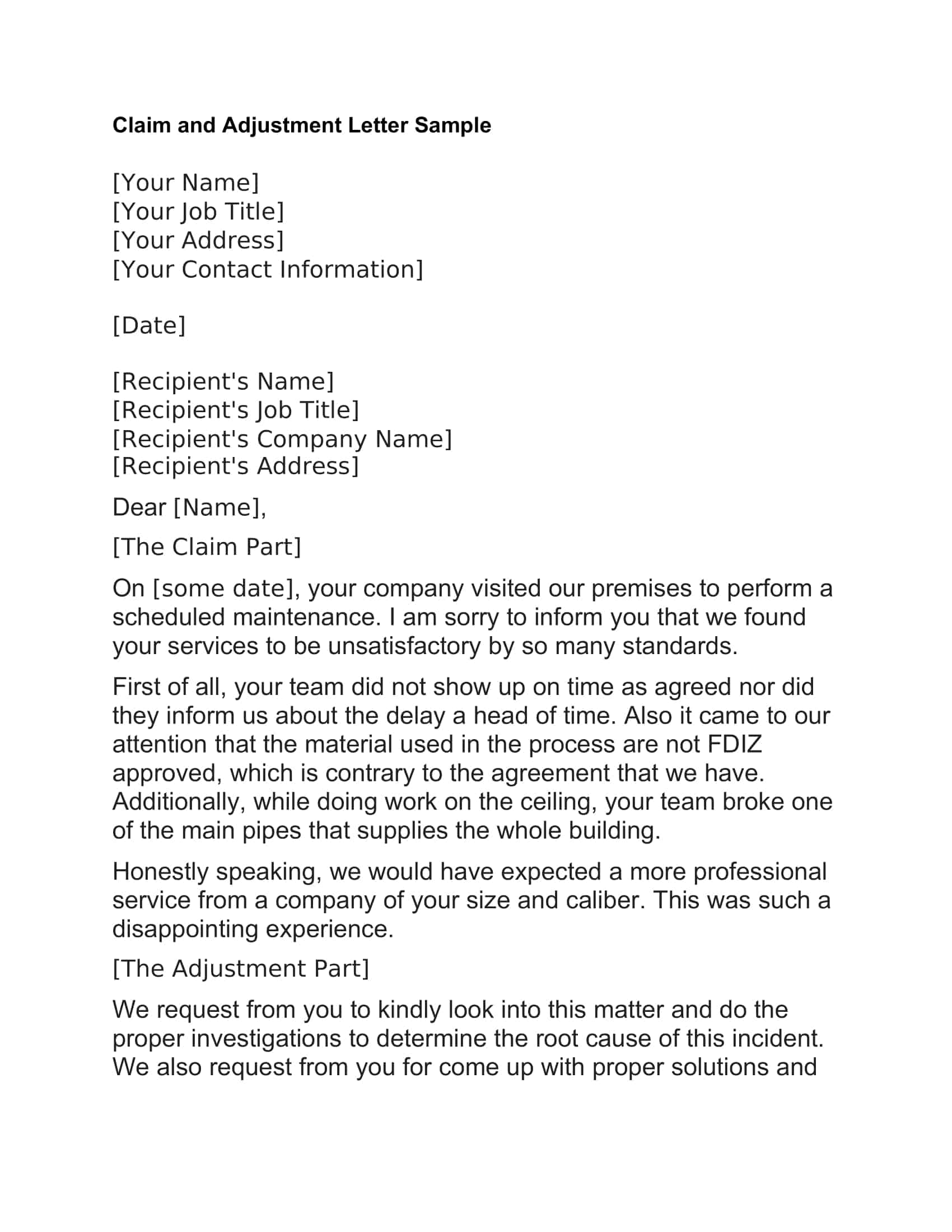

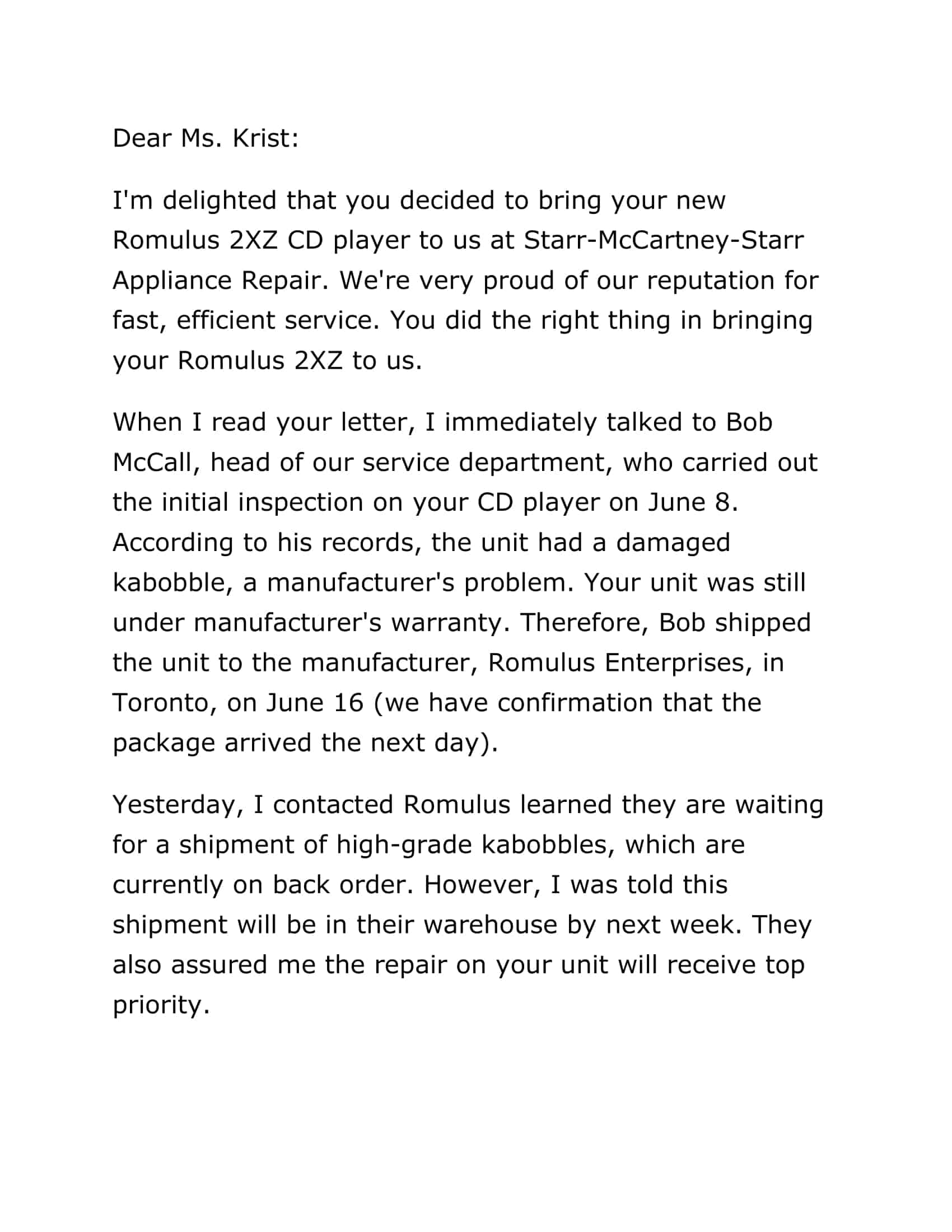






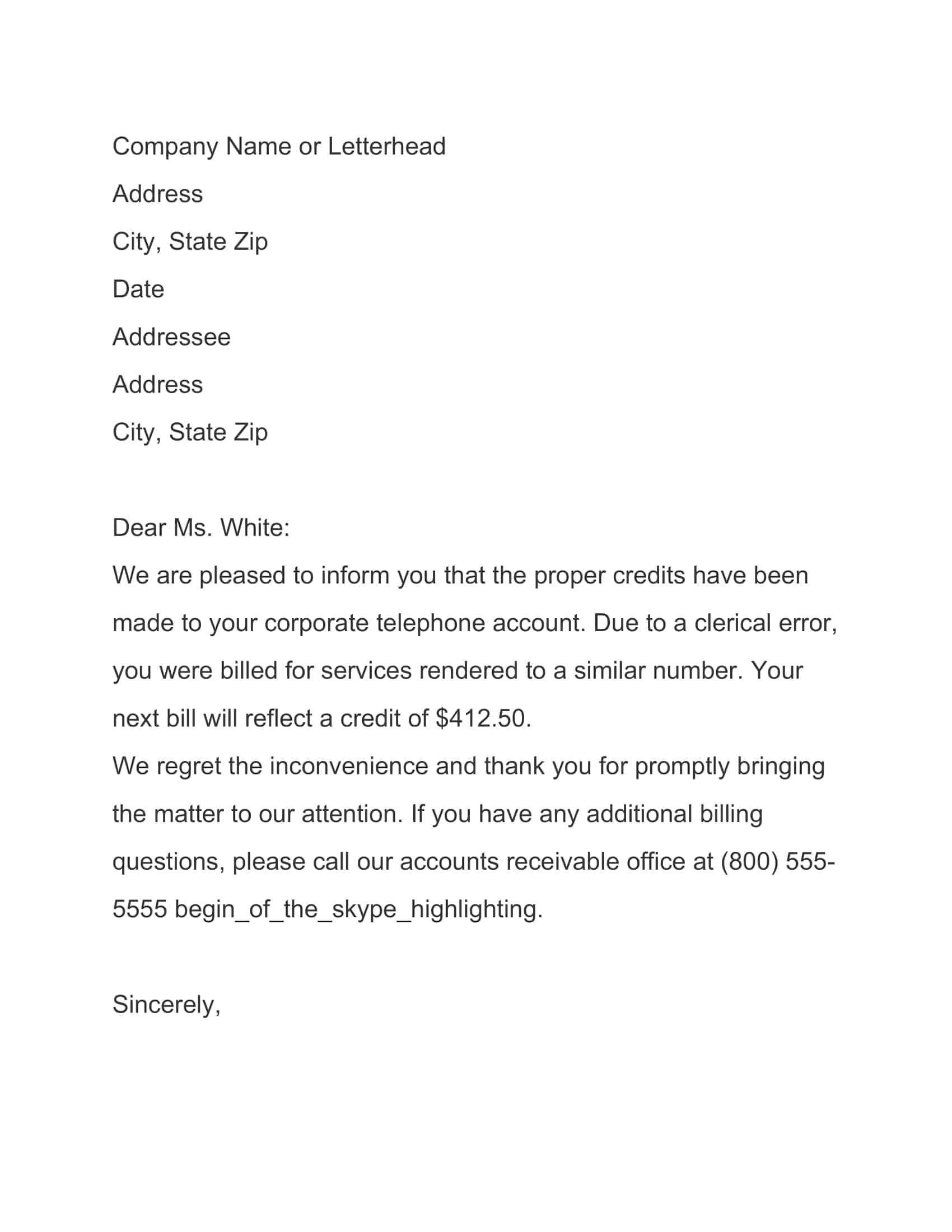
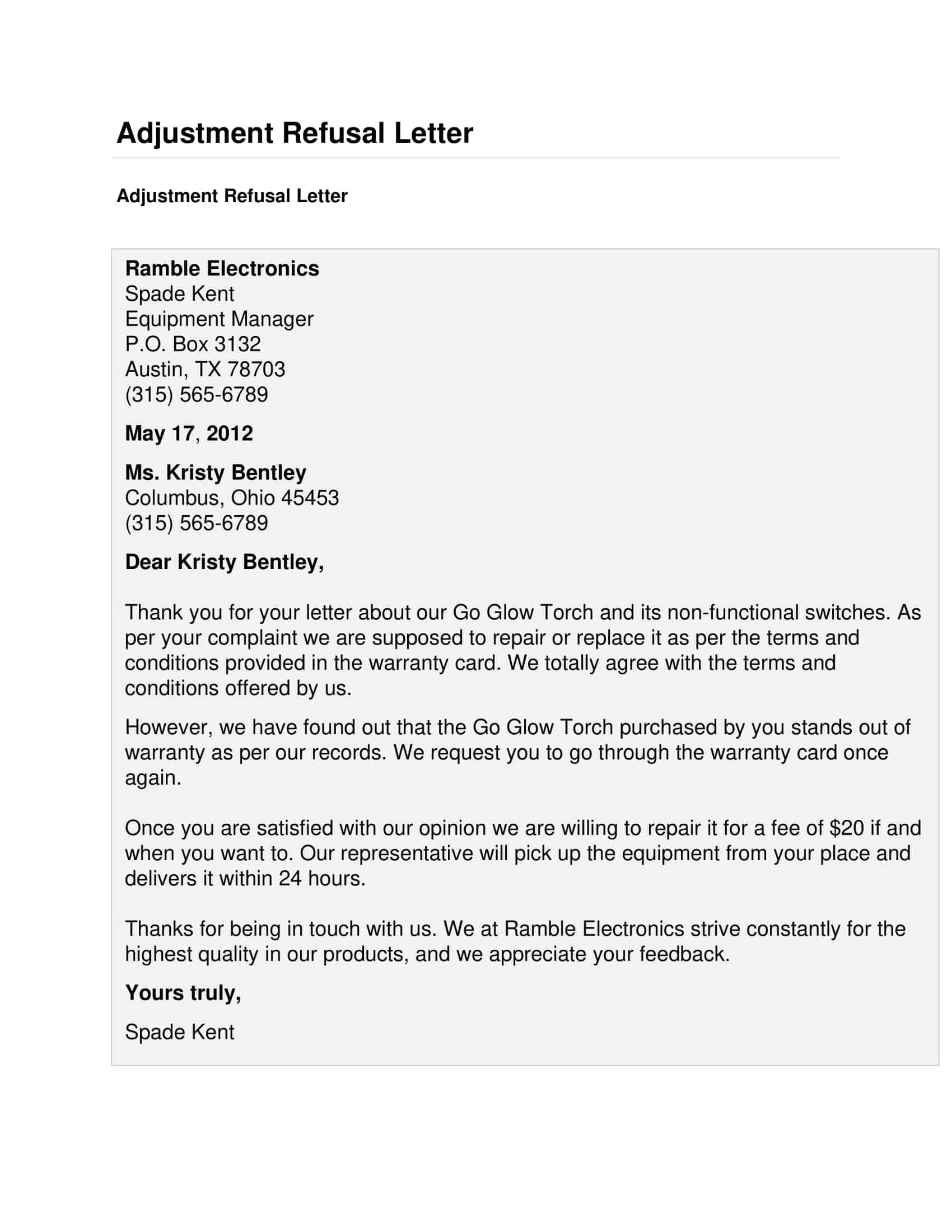



![Free Printable Friendly Letter Templates [PDF, Word, Excel] 1st, 2nd, 4th Grade 1 Friendly Letter](https://www.typecalendar.com/wp-content/uploads/2023/05/Friendly-Letter-150x150.jpg 150w, https://www.typecalendar.com/wp-content/uploads/2023/05/Friendly-Letter-1200x1200.jpg 1200w)
![43+ Printable Leave of Absence Letter (LOA) Templates [PDF, Word] / Free 2 Leave of Absence Letter](https://www.typecalendar.com/wp-content/uploads/2023/01/Leave-of-Absence-Letter-150x150.jpg 150w, https://www.typecalendar.com/wp-content/uploads/2023/01/Leave-of-Absence-Letter-1200x1200.jpg 1200w)
![Free Printable Congratulation Letter Templates [PDF, Word] Examples 3 Congratulation Letter](https://www.typecalendar.com/wp-content/uploads/2023/05/Congratulation-Letter-150x150.jpg 150w, https://www.typecalendar.com/wp-content/uploads/2023/05/Congratulation-Letter-1200x1200.jpg 1200w)
